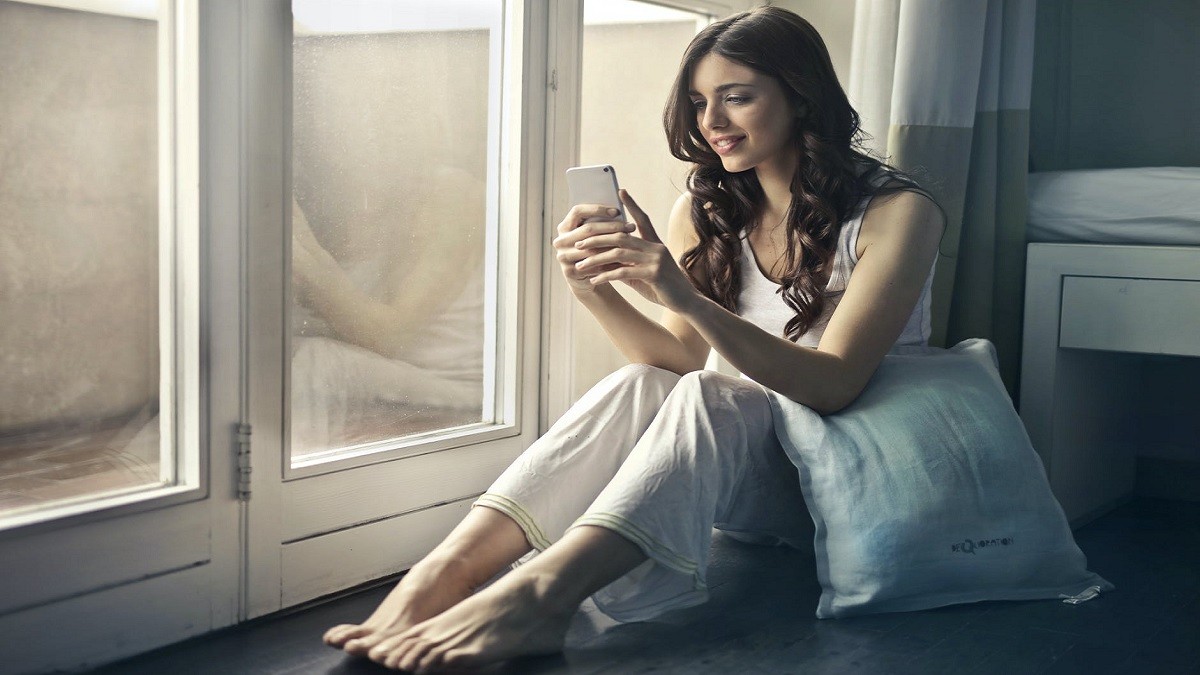Health
Daily Users Double for Therapeutic Chatbot Woebot

- While more and more people struggle to cope with anxiety or depression over the past year, being able to physically visit a therapist have become increasingly difficult.
- This has led to a boom in the digital mental health industry, with apps offering therapeutic sessions such as guided meditation, mood tracking, and text therapy.
- One app, a therapeutic chatbot called Woebot, proved to be helpful to many.
Young people and adults alike have turned to a therapeutic chatbot called Woebot to talk about their mental health issues.
About four in 10 adults in the US are struggling from anxiety or depression, but there is a critical shortage of therapists and psychiatrists, according to data from the Kaiser Family Foundation and the federal government.
But with the current health crisis surrounding the pandemic, being able to physically visit a therapist is next to impossible.
This could explain why more and more people turn to digital mental health apps, like Woebot.
According to psychologist Alison Darcy, who is also Woebot Health’s founder and president, the number of its daily users doubled and is now in the tens of thousands.
Over 10,000 apps have joined the multibillion-dollar digital mental health industry, with apps providing therapeutic sessions ranging from mood tracking (MoodKit), guided meditation (Headspace), and text therapy by licensed counselors (BetterHelp, Talkspace).
However, only a handful of apps offer cognitive-behavioral therapy, a common technique used to treat anxiety and depression. And Woebot, which was introduced in 2017, uses artificial intelligence to deliver it.
Using natural language processing, Woebot learns from past sessions to dole out helpful advice.
Dr. Darcy hopes that the app can “deliver some of the things that the human can deliver,” to help “reduce the incidence of suffering in the population.”
While nearly all psychologists and academics agree that mental health care is not readily accessible and affordable for everyone in need, they differ in opinions about bot therapy.
Some agree that it can work given the right conditions. Still, others find it ineffective and even paradoxical.
The most common question is whether people can understand themselves better and change long-held patterns of behavior through bot therapy, or if human connection is indeed essential.
Hannah Zeavin, author of the forthcoming book “The Distance Cure: A History of Teletherapy”, referred to bot therapy as a type of “disruption” that formed in the wake of a “broken” health care system.
Zeavin said that unlike other types of disruption, automated therapy is more of a “fantasy.” She pointed out that while it offers more accessibility and interactive fun, it might not be able to actually help people get better in the long term.
She argued, “We are an extraordinarily confessing animal; we will confess to a bot. But is confession the equivalent of mental health care?”
Source: DNYUZ
